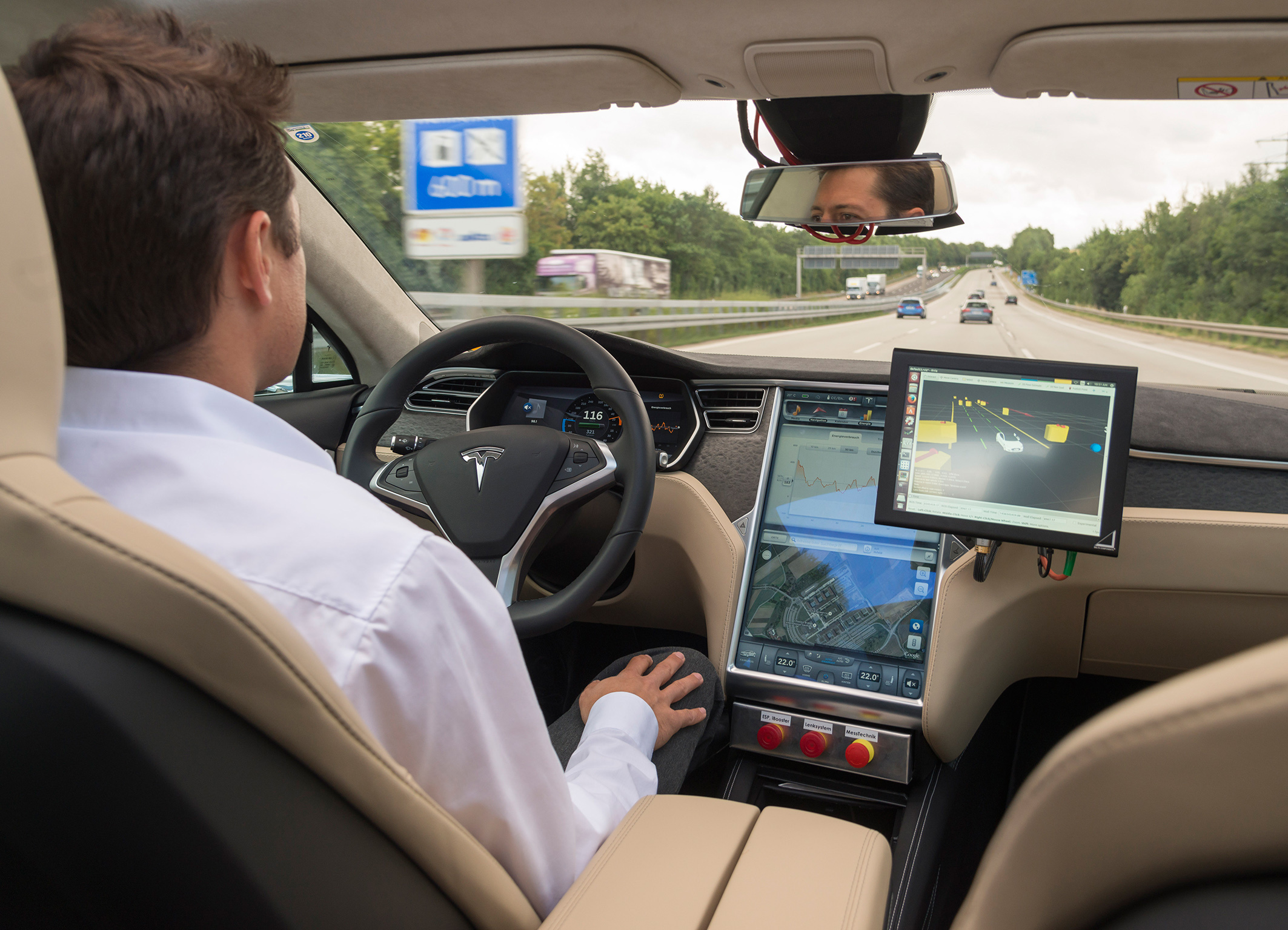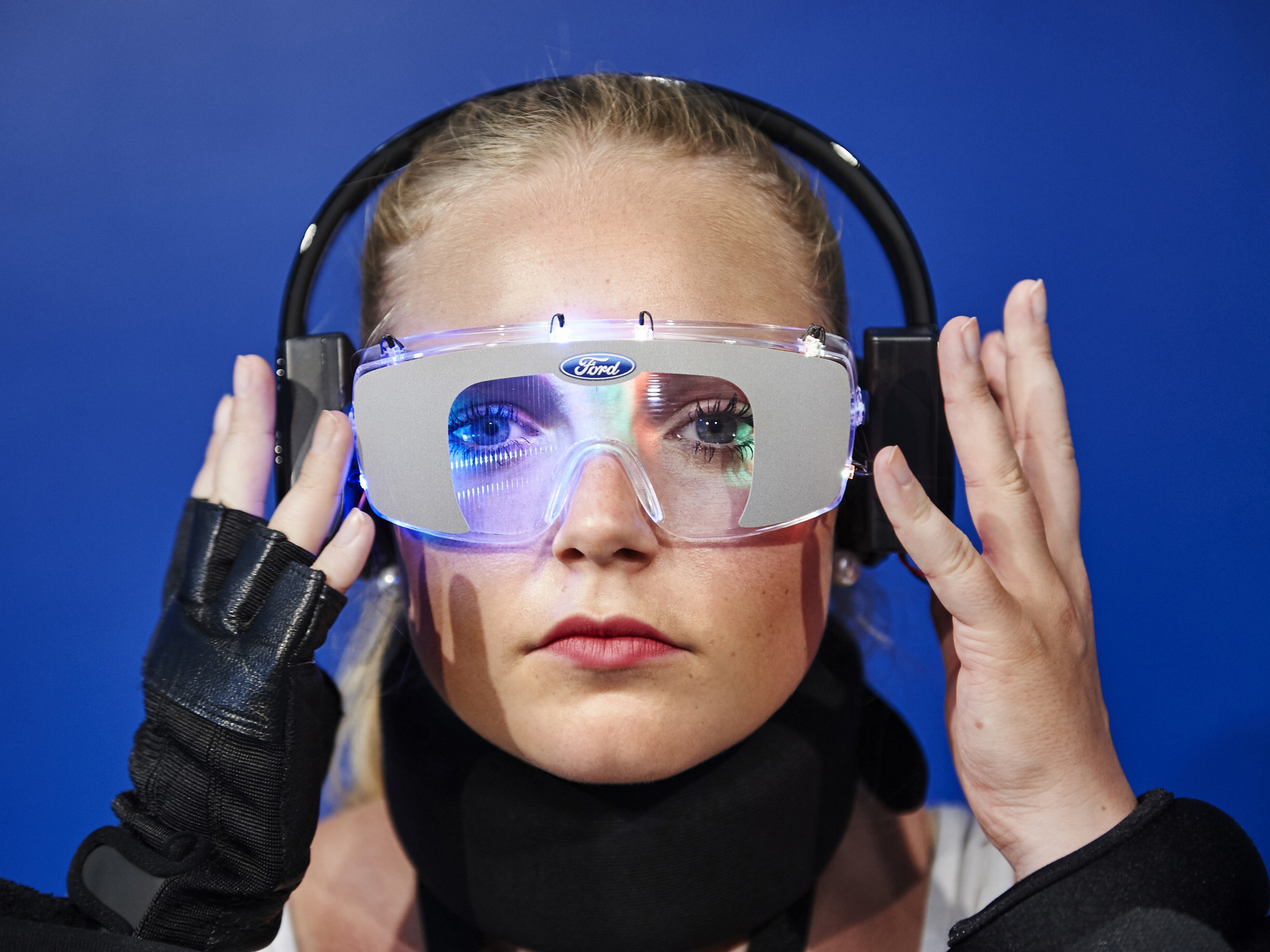
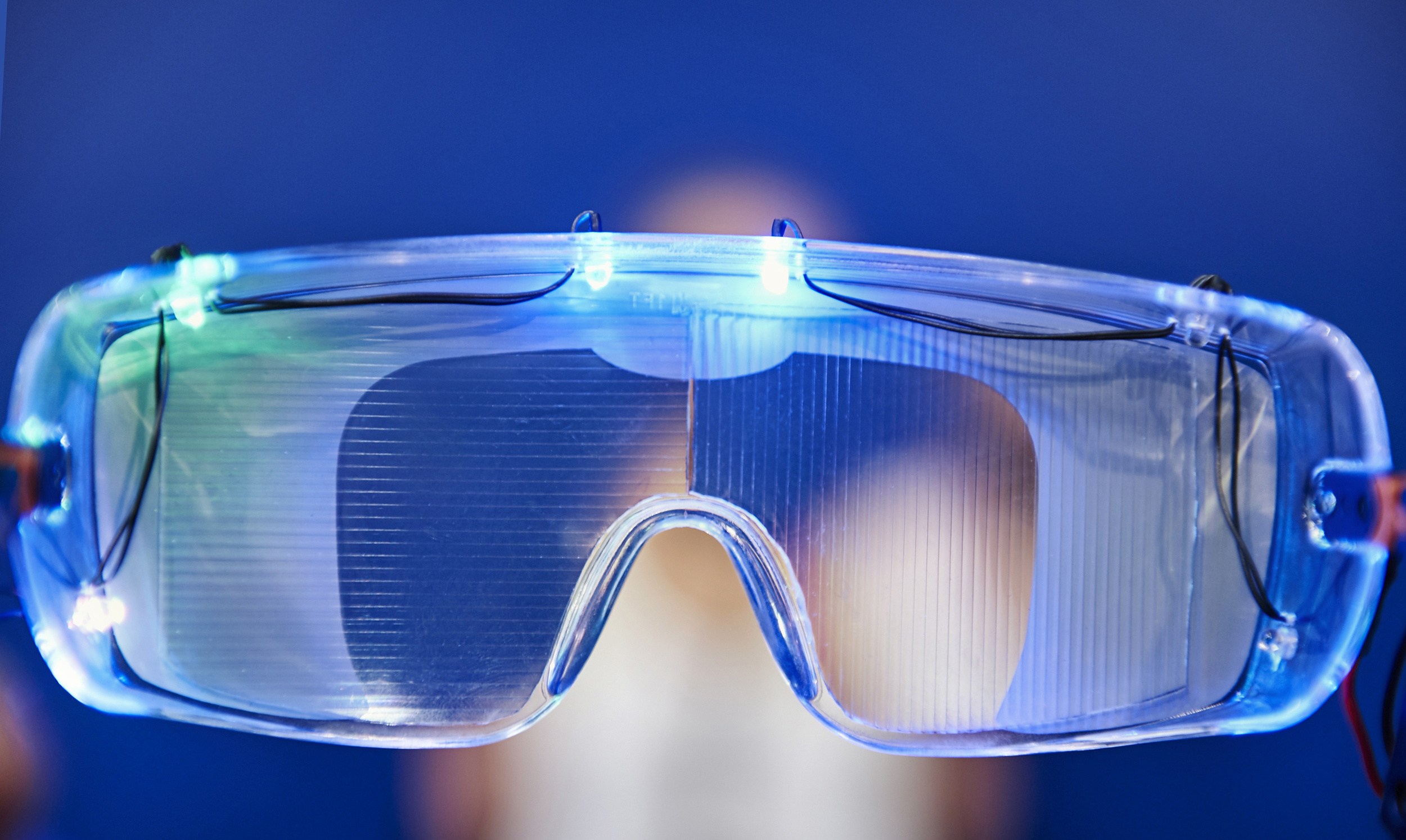
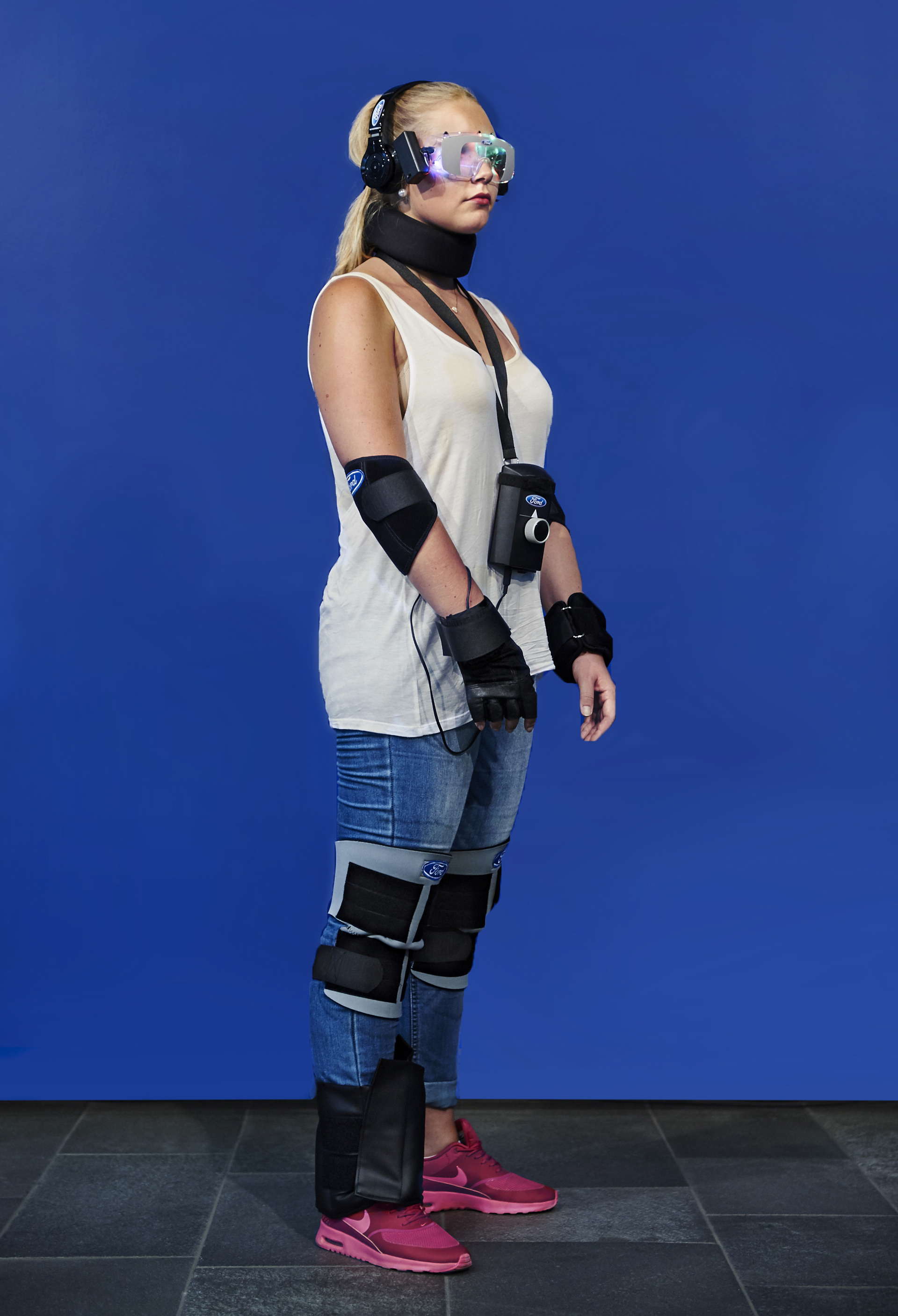

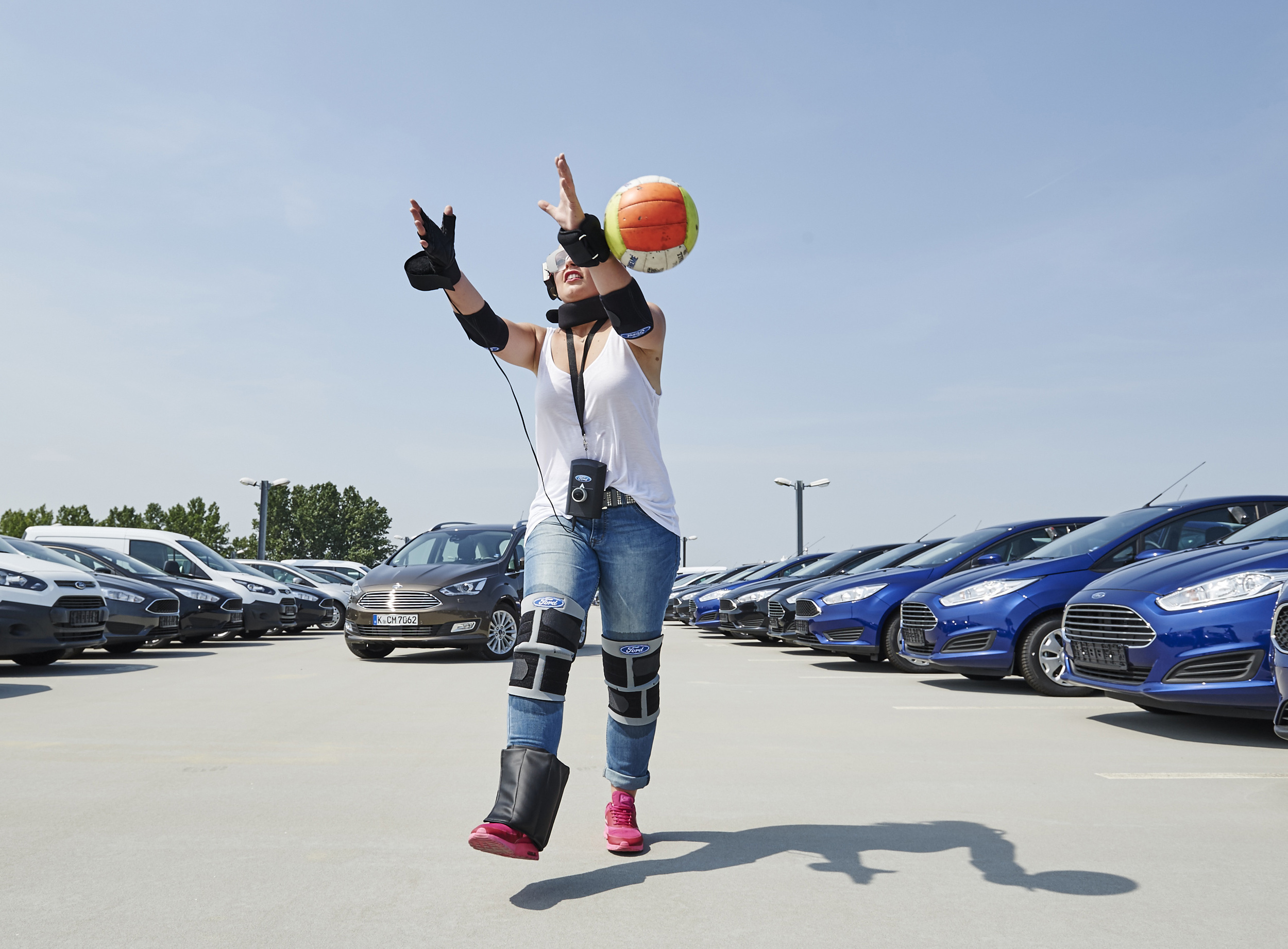
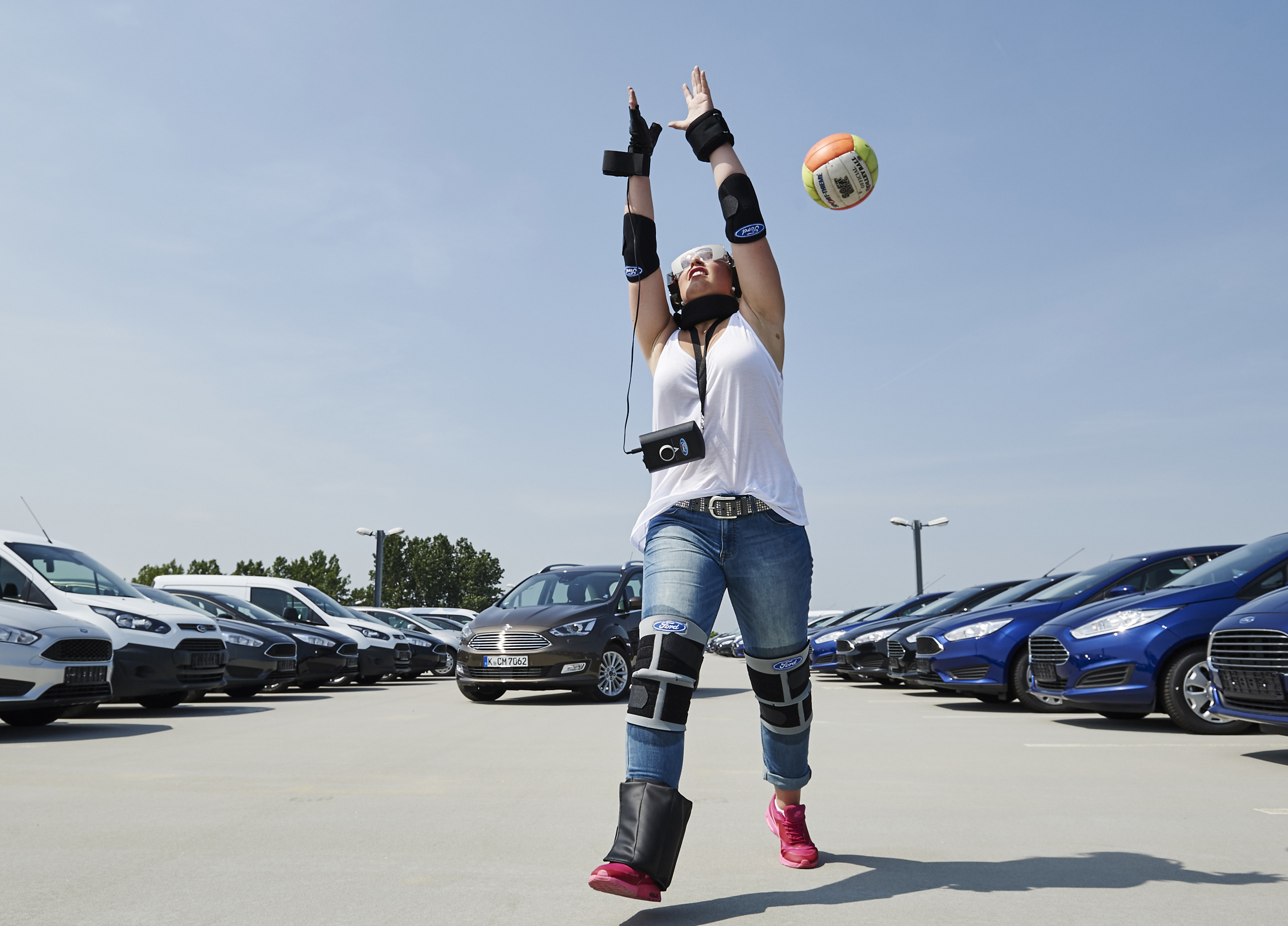


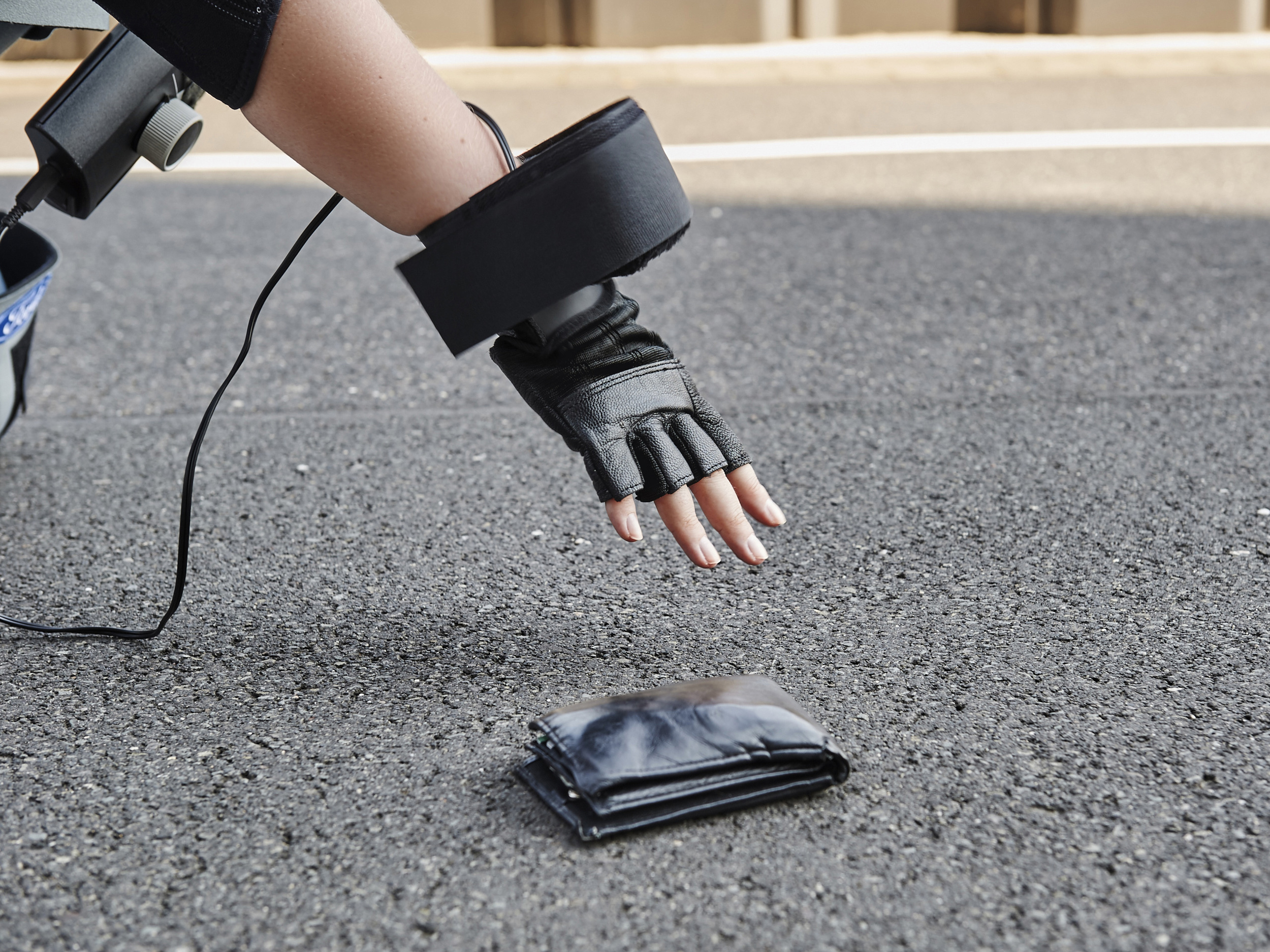
Ford has created a unique suit to show young people the dangers of driving under the influence of illegal drugs.
Ford developed the suit together with scientists from the Meyer-Hentschel Institute in Germany to simulate some of the effects of drugs such as cannabis, cocaine, heroin, and MDMA (commonly known as Ecstasy). These include slower reaction time, distorted vision, hand tremors and poor coordination.
The new Drug Driving Suit has been incorporated into Ford's Driving Skills for Life young driver programme that has provided training to more than 500,000 people around the world since its launch 11 years ago. Young drivers will have the opportunity to experience the suit, and also receive hands-on training covering skills including hazard recognition, vehicle handling and distraction awareness..
"Driving after taking illegal drugs can have potentially fatal consequences for the driver, their passengers, and other road users," said Ford Driving Skills for Life Manager Jim Graham. "We have already seen how the Drink Driving Suit has a dramatic effect on those who wear it behind the wheel, and are confident that the Drug Driving Suit will have a similar impact."
According to a European study, drivers who get behind the wheel after taking drugs are up to 30 times more likely to be involved in a severe crash.* Despite the risks, one in 10 people say they have accepted lifts from people they believe have taken illegal drugs.**
Like the Drink Driving Suit that Ford last year incorporated into the DSFL programme, the new Drug Driving Suit simulates the effects of reduced mobility, vision and coordination with padding and ankle weights, goggles and headphones. The team also introduced new features that simulate effects that are specific to illegal drug use.
"We know that some drugs can cause trembling hands, so we incorporated into the suit a device that creates just such a tremor," said Gundolf Meyer-Hentschel, CEO of the Meyer-Hentschel Institute. "Drug users sometimes see flashing lights in their peripheral field, an effect recreated by our goggles, while imaginary sounds are generated by the headphones. Additionally, the goggles distort perception, and produce colourful visual sensations - a side effect of LSD use."
Further details about the Ford DSFL program, including training dates and venues, plus how to enrol in the online training academy will be available online.


